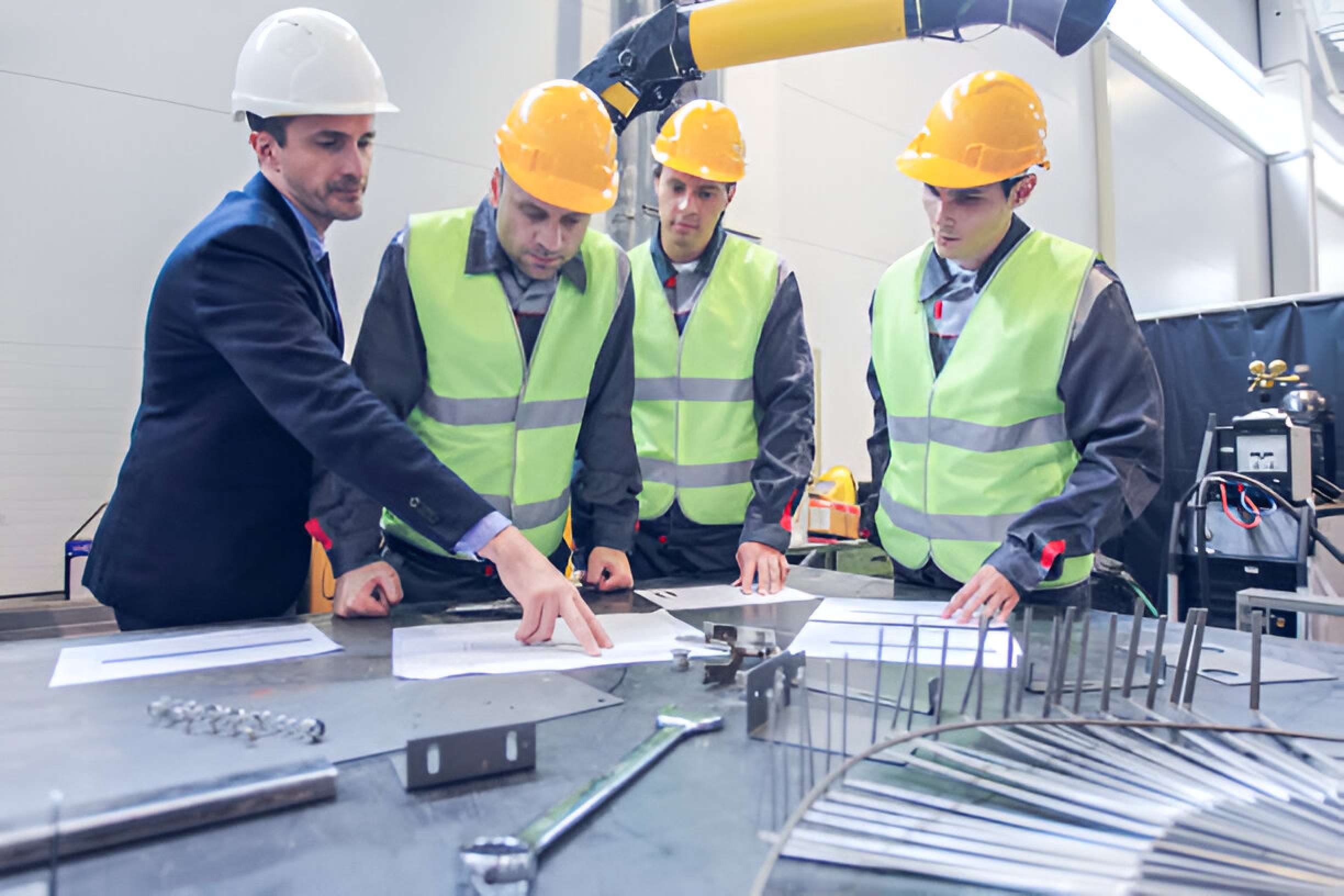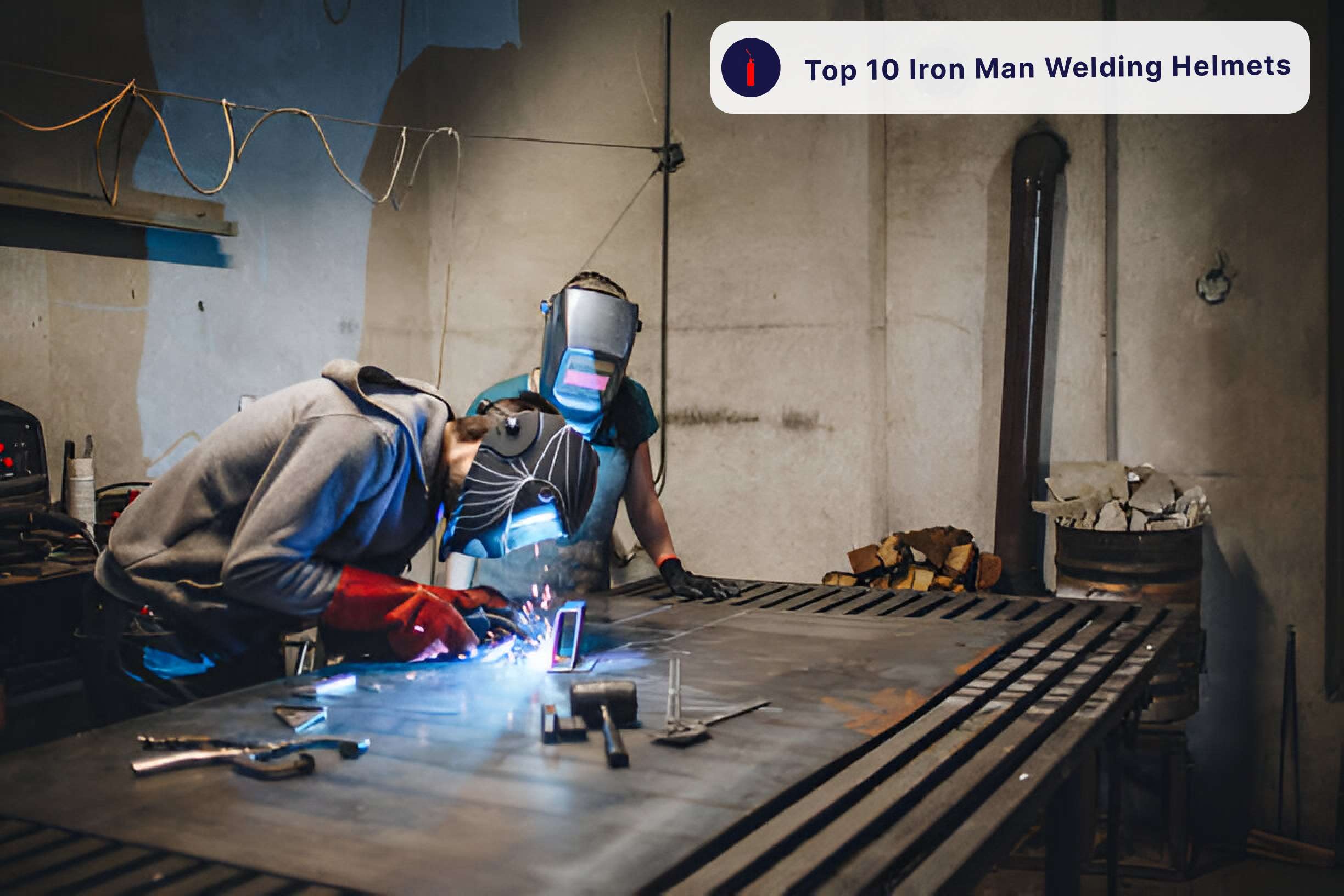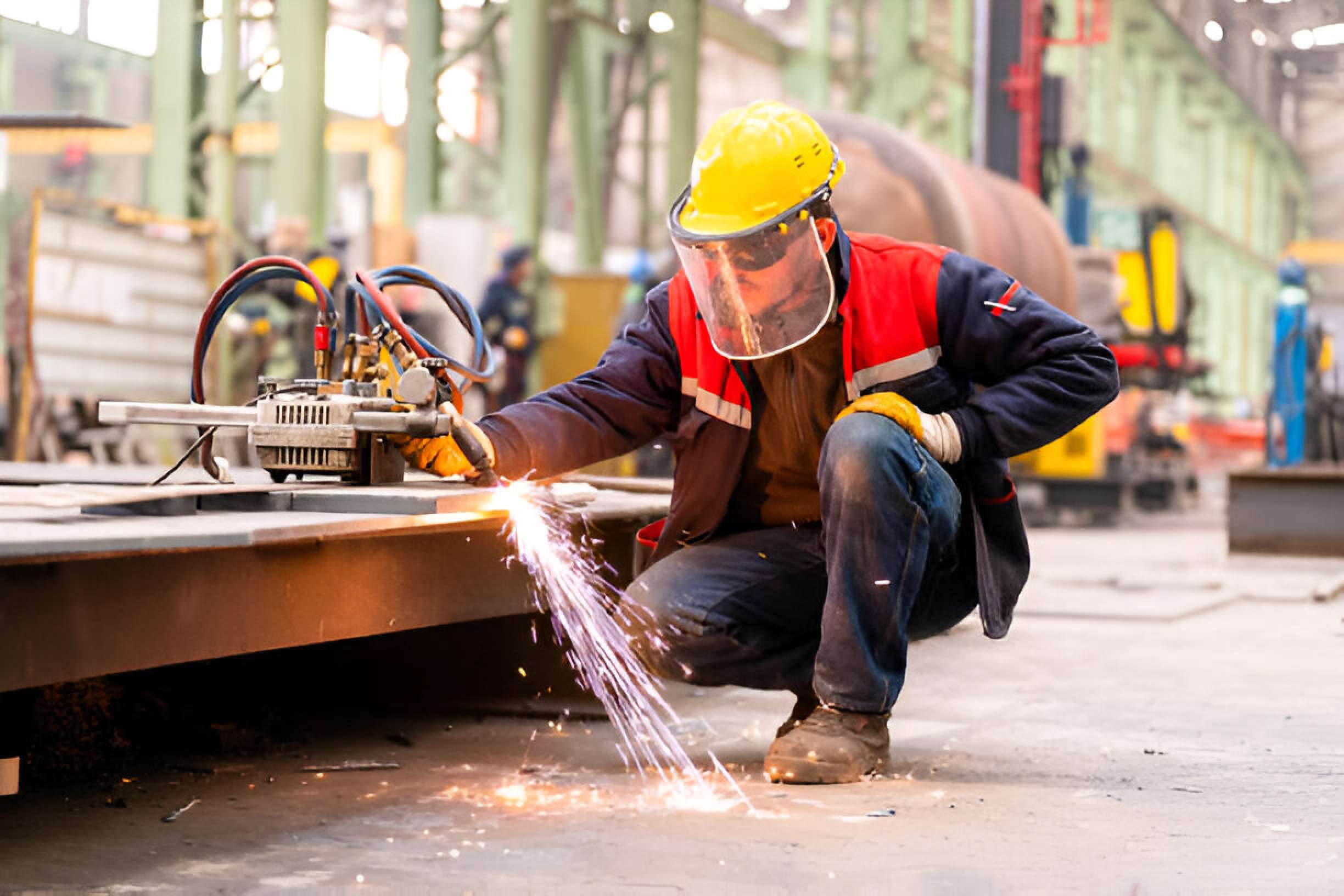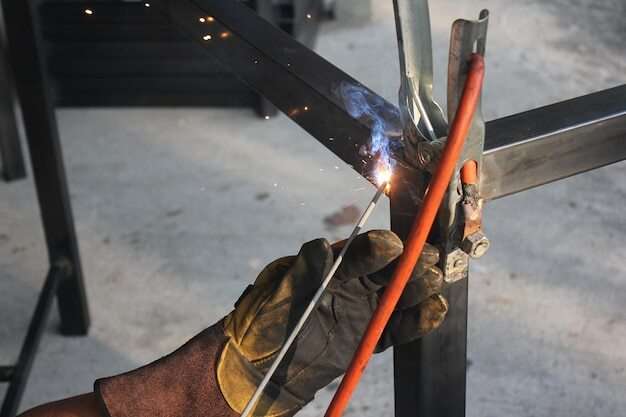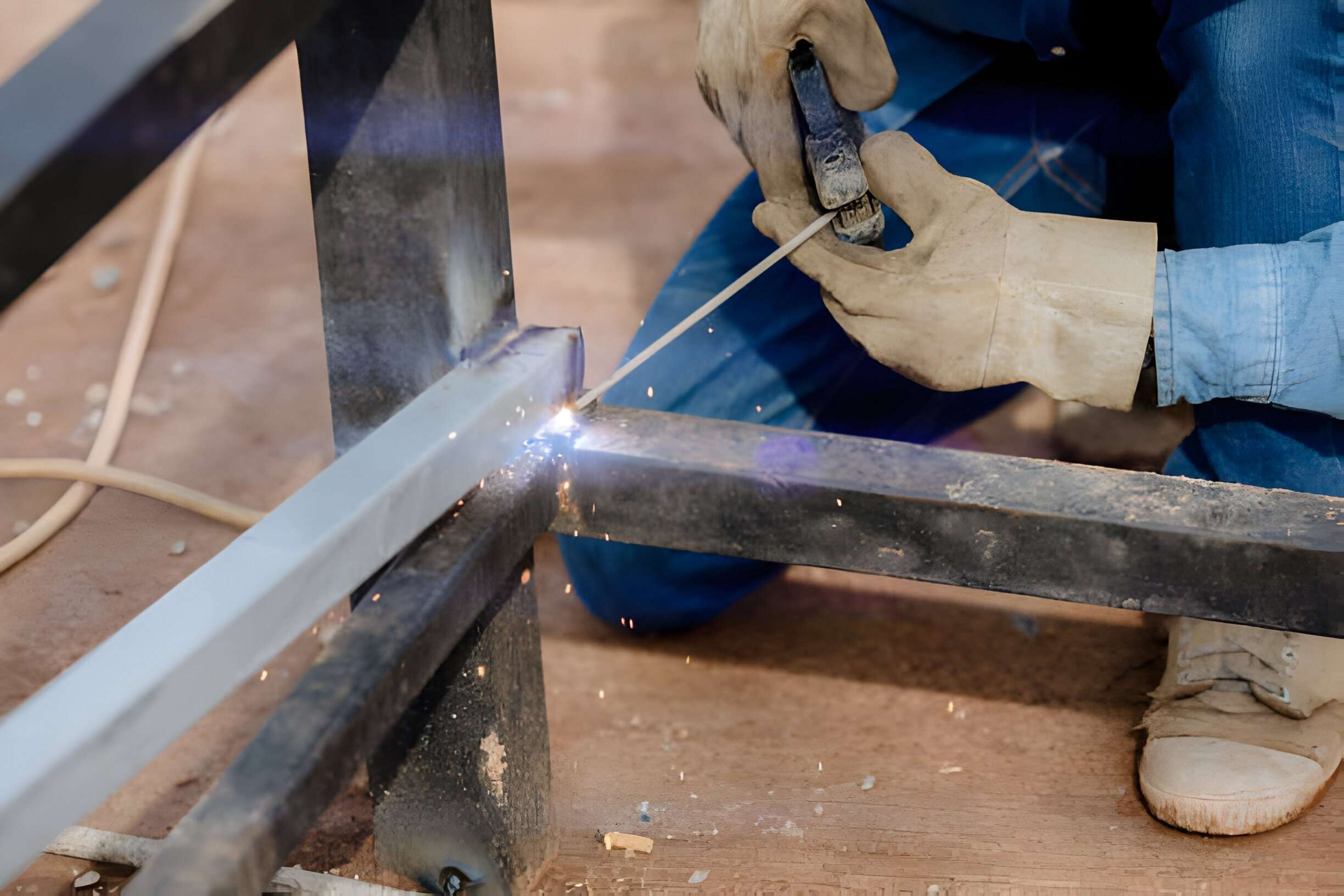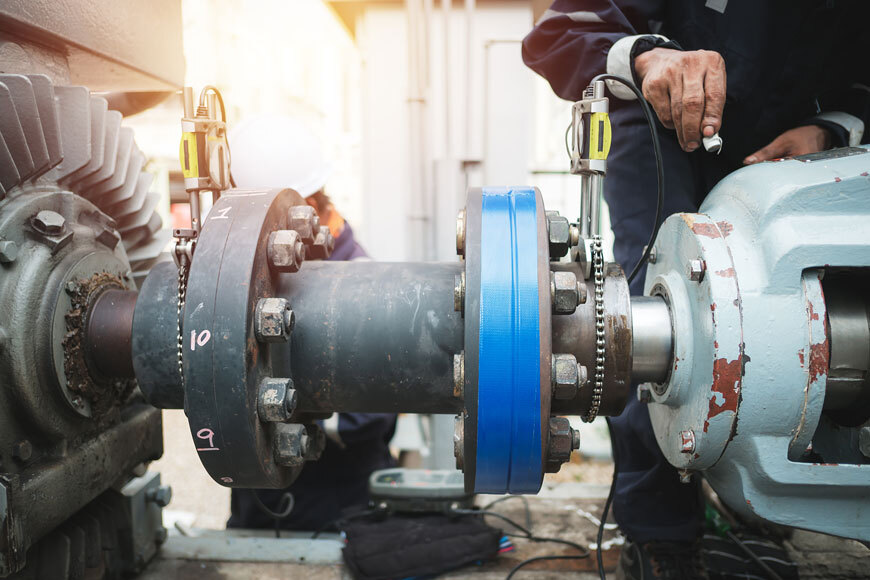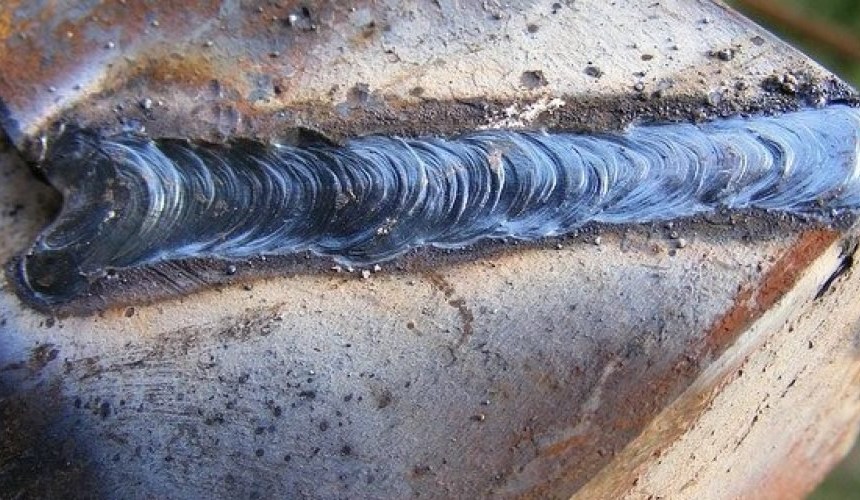
What is an Undercut in Welding
Welding is a critical process in various industries, from construction to automotive manufacturing. However, achieving high-quality welds isn’t always straightforward. One common issue that can compromise weld integrity is undercutting. In this guide, we’ll unravel the intricacies of undercuts in welding, providing a comprehensive understanding of what they are, how they occur, and strategies for prevention and repair.
Understanding Undercuts
Undercuts are groove-like depressions that form along the edges of a weld joint. They weaken the weld and can lead to structural failure if not addressed. Undercuts typically occur due to improper welding parameters, electrode angles, or insufficient filler material deposition.
Types of Undercuts
There are several types of undercuts encountered in electron beam welding, including V-groove undercuts, fillet undercuts, and groove undercuts. Each type may manifest differently depending on the welding process used and the materials being welded.
Causes of Undercuts:
Common causes of undercuts include excessive welding current, high welding speed, incorrect electrode angles, and improper joint preparation. Understanding these root causes is crucial for implementing effective prevention strategies.
Effects of Undercuts:
The presence of undercuts can have detrimental effects on weld quality and performance. These effects include reduced mechanical strength, increased susceptibility to fatigue and stress corrosion cracking, and compromised weld aesthetics.
Identification Techniques:
Visual inspection is often the primary method for identifying undercuts. Welders should be trained to recognize the signs of undercuts, such as irregularities along the weld edges or lack of fusion between the base metal and filler material. Non-destructive testing methods like dye penetrant testing and ultrasonic testing can also be used for more thorough inspection.
Prevention Strategies
Preventing undercuts starts with proper welding technique and parameter selection. Welders should ensure correct electrode angles, travel speeds, and heat inputs to minimize the risk of undercuts. Joint design considerations and pre-weld preparation are also crucial for defect-free welds.
Repairing Undercuts
In cases where undercuts do occur, prompt repair is essential to prevent further damage. Minor undercuts can often be repaired using techniques such as grinding or re-welding. However, severe undercuts may require more extensive remediation, including removal and replacement of the affected weld material.
How to Choose the Right Welder
In cases where undercuts do occur, prompt repair is essential to prevent further damage. Minor undercuts can often be repaired using techniques such as grinding or re-welding. However, severe undercuts may require more extensive remediation, including removal and replacement of the affected weld material.
Selecting the right welder for the job is crucial for achieving quality welds. Consider factors such as welding process, power source, and portability when choosing a welder.
Importance of Safety Gear:
Safety gear, including helmets, gloves, and protective clothing, is essential for ensuring the safety of welders. Always prioritize safety when welding to prevent injuries and accidents.
Exploring Welding Techniques:
Different welding techniques, such as MIG, TIG, and stick welding, offer unique advantages and applications. Explore the various welding techniques to determine which is best suited for your project.

